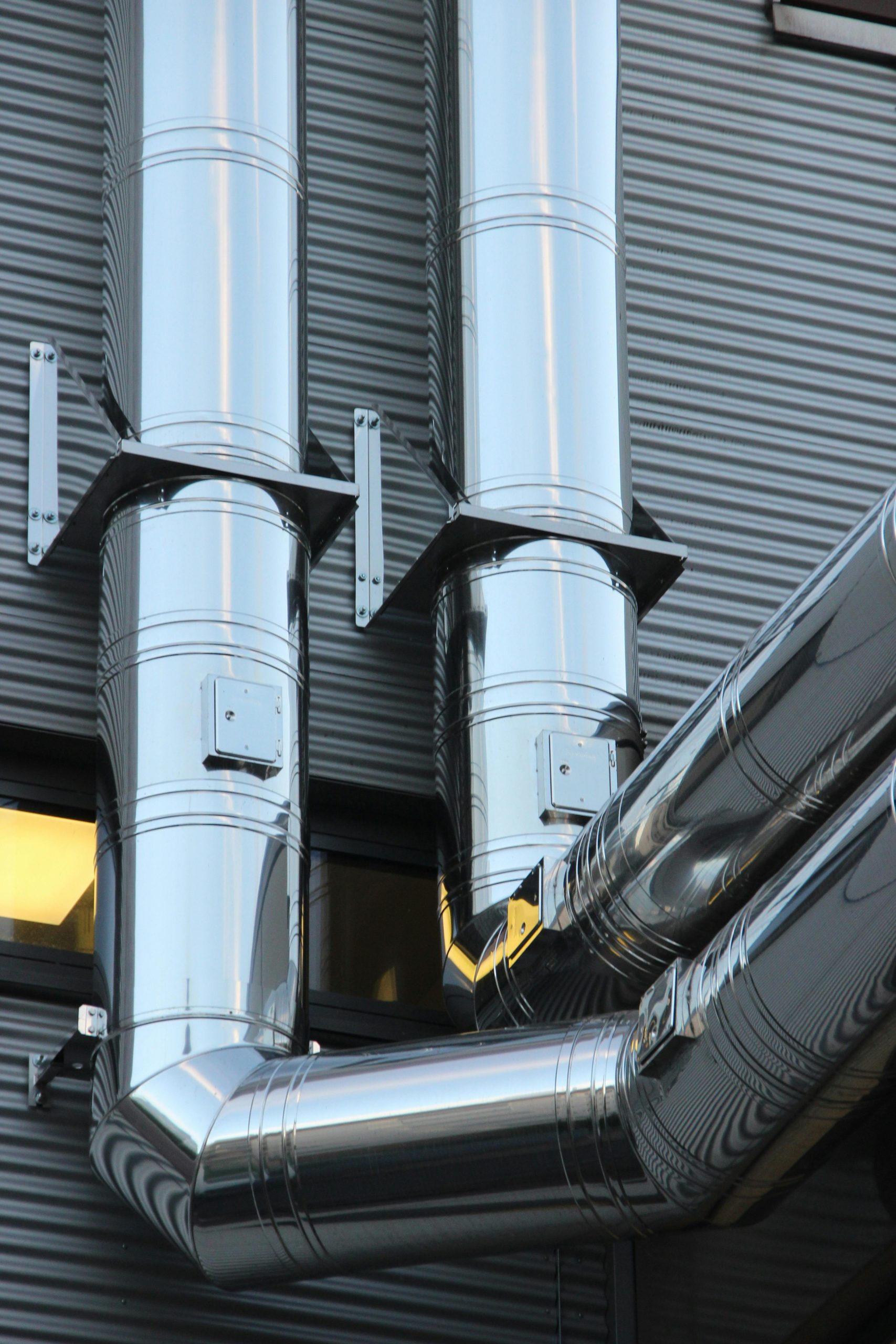Micropile oil pipeline tubes enable stable foundations and efficient support in challenging soil conditions. Their engineered steel design reduces installation impact while enhancing load capacity, crucial for modern pipeline projects. By combining precision drilling and durable materials, these micropiles offer cost-effective, sustainable solutions that meet strict industry standards and adapt to diverse infrastructure needs.
Technical Overview of Micropile Oil Pipeline Tubes
To learn about the application of micropile oil pipeline tube in the industry plays a vital role in modern pipeline infrastructure. These tubes are designed to support and reinforce oil pipelines, especially in challenging soil conditions, ensuring stability and safety.
Also to read : How Can the UK Adapt to Future Business Disruptions?
Typically, micropile oil pipeline tubes are made from high-strength steel complying with standards such as EN 10219. Their dimensions vary according to project needs, with diameters designed for optimal load capacity and corrosion resistance. Their construction involves precise welding and threading techniques, permitting reliable jointing and installation.
These tubes are commonly used in ground stabilization, seismic resistance, and deep foundation applications for oil transport systems. They help prevent subsurface movements, reduce vibration effects, and extend pipeline lifespan. Environmental considerations include corrosion prevention and durable coatings, essential for long-term operation under harsh conditions. Integration of micropile design standards ensures the safety and reliability of the entire pipeline.
Additional reading : What are the best ways for UK businesses to engage with local communities?
Construction and Engineering Applications of Micropile Tubes
Installation Techniques and Methods
Micropile foundation for oil pipelines begins with strategic installation techniques tailored to soil and environmental conditions. Impact driving, jacking, and drilling are prioritized based on the required oil pipeline ground support. Impact hammers and specialized drilling rigs enable efficient placement even in dense or variable soils, directly contributing to the stability of underground pipelines. For enhanced micropile load capacity, careful attention to alignment is crucial equipment precision reduces bending risks, improves pipeline tube installation techniques, and ensures consistent geotechnical engineering for pipelines. Challenges, especially with smaller-diameter micropiles encountering boulders or fill, are managed by selecting suitable methods and routinely monitoring installation, thus safeguarding underground pipeline safety measures.
Material Standards and Specification Requirements
Steel grade selection such as S46 and S55 directly influences pipeline tube quality standards and micropile load capacity. Adherence to EN 1219-1 and ETA standards is mandatory, defining dimensions, tolerances, and ensuring structural consistency across all micropile materials for oil sectors. Traceability is achieved through rigorous documentation and certificates, reinforcing confidence in oil pipeline structural reinforcement outcomes. These specifications not only facilitate the pipeline tube stress analysis but are also pivotal for durability of pipeline tubes under variable loading.
Application Scenarios and Structural Reinforcement
Engineers integrate pipeline support design principles when micropile foundation for oil pipelines is used for deep foundations, especially for pipeline crossing and slope stabilization. Vibration mitigation, a core aspect of stability of underground pipelines, is addressed using targeted micropile construction benefits such as adaptable strength and custom sizing, optimized for pipeline tube installation techniques. Notable application scenarios enhance confidence in underground pipeline safety measures and provide evidence-based micropile engineering innovations for supporting oil transport infrastructure solutions in challenging environments.
Benefits, Standards, and Environmental Considerations
Technical and Economic Advantages
Micropile foundation for oil pipelines offers measurable gains in load capacity boosted by advanced steels, this can mean up to 20% more support without growing the product footprint. Increased strength lets engineers maximize pipeline tube installation techniques in tight or irregular terrain, improving cost efficiency and reducing overall material needs. Flexibility for difficult soil conditions allows micropile foundation for oil pipelines to succeed where traditional piles are not practical. This adaptability is vital for geotechnical engineering for pipelines crossing tough geologies or urban spaces requiring minimal ground disruption. For oil pipeline ground support, high-strength steel grades minimize waste and permit smaller-diameter tubes, further optimizing costs.
Design Standards, Support, and Certification
Strict micropile design standards guide every phase: from precise pipeline tube installation techniques to documentation on micropile materials for oil sectors. Specialized software like RRPileCalc ensures compliance with Eurocodes and national standards. Every pipeline tube meets exacting pipeline tube quality standards, which include CE marking and EPDs. Documentation and full traceability guarantee confidence in underground oil pipeline maintenance strategies.
Sustainability and Environmental Impact
Eco-conscious practices rule the modern environmental impact of pipeline micropiles. Innovations in corrosion resistance in pipeline tubes protective coatings, advanced alloys, and optimized design extend the lifetime and resilience of the underground pipeline, dramatically lowering lifecycle emissions. Environmental product declarations back these claims, showing reduction in waste and a lighter carbon footprint within oil transport infrastructure solutions.
Industry Suppliers and Market Offerings for Micropile Oil Pipeline Tubes
Micropile foundation for oil pipelines demands reliability, detailing, and traceable compliance from suppliers. Leading steel pipe manufacturers for these foundations offer a variety of supply options: new mill secondary pipe, surplus OCTG, prime, and domestically sourced tubes. All types are engineered to support the oil pipeline ground support needs encountered during complex installations and geotechnical engineering for pipelines, while also meeting strict pipeline tube quality standards.
Customization in the supply chain for micropile steel pipes is standard. Cutting, threading, and coating services ensure each product fits the challenging requirements of pipeline tube installation techniques used in the oil industry. Such precision in manufacturing is essential for micropile installation challenges especially when foundation depths vary or environmental regulations for pipeline construction come into play. These adjustments support both stability of underground pipelines and durable oil pipeline structural reinforcement.
Quality assurance is emphasized with inspection certificates and compliance with EN standards, upholding vital micropile design standards and guaranteeing consistency in materials for oil sectors. Certification, along with pipeline tube stress analysis and corrosion prevention in oil pipelines, means every supplied tube can be traced and verified, ensuring durability of pipeline tubes and extending underground pipe longevity. Custom solutions further allow project teams to optimize for micropile load capacity and strength, addressing both seismic resistance for pipeline foundations and the evolving demands of oil transport infrastructure solutions.
Engineering Solutions for Oil Pipeline Infrastructure
Precision in micropile foundation for oil pipelines is indispensable for structural reinforcement and long-term operational reliability. The use of RR® and RD® steel piles supports oil pipeline ground support, especially in complex geotechnical engineering for pipelines. These micropile materials for oil sectors provide high load capacity, reducing settlement and ensuring the stability of underground pipelines even in demanding soil profiles.
Optimized pipeline tube installation techniques depend on accurate micropile design standards. Both impact driving or jacking for RR® piles and drilling methods for RD® piles accommodate variables like soil type and depth. Installing micropiles for slope stabilization mitigates lateral soil movement, directly enhancing oil pipeline structural reinforcement. Contractors select pile diameters, wall thicknesses, and lengths that satisfy pipeline tube quality standards, facilitating custom geotechnical responses for each project.
Corrosion resistance in pipeline tubes remains a principal challenge. Solutions such as high-frequency welded pipes with internal and external coatings boost the durability of pipeline tubes and lessen the environmental impact of pipeline micropiles by minimizing material waste and reducing disturbance. Effective pipeline tube protection methods such as grouted shafts further defend against corrosion and extend underground pipe longevity, strengthening oil transport infrastructure solutions for decades of safe performance.






